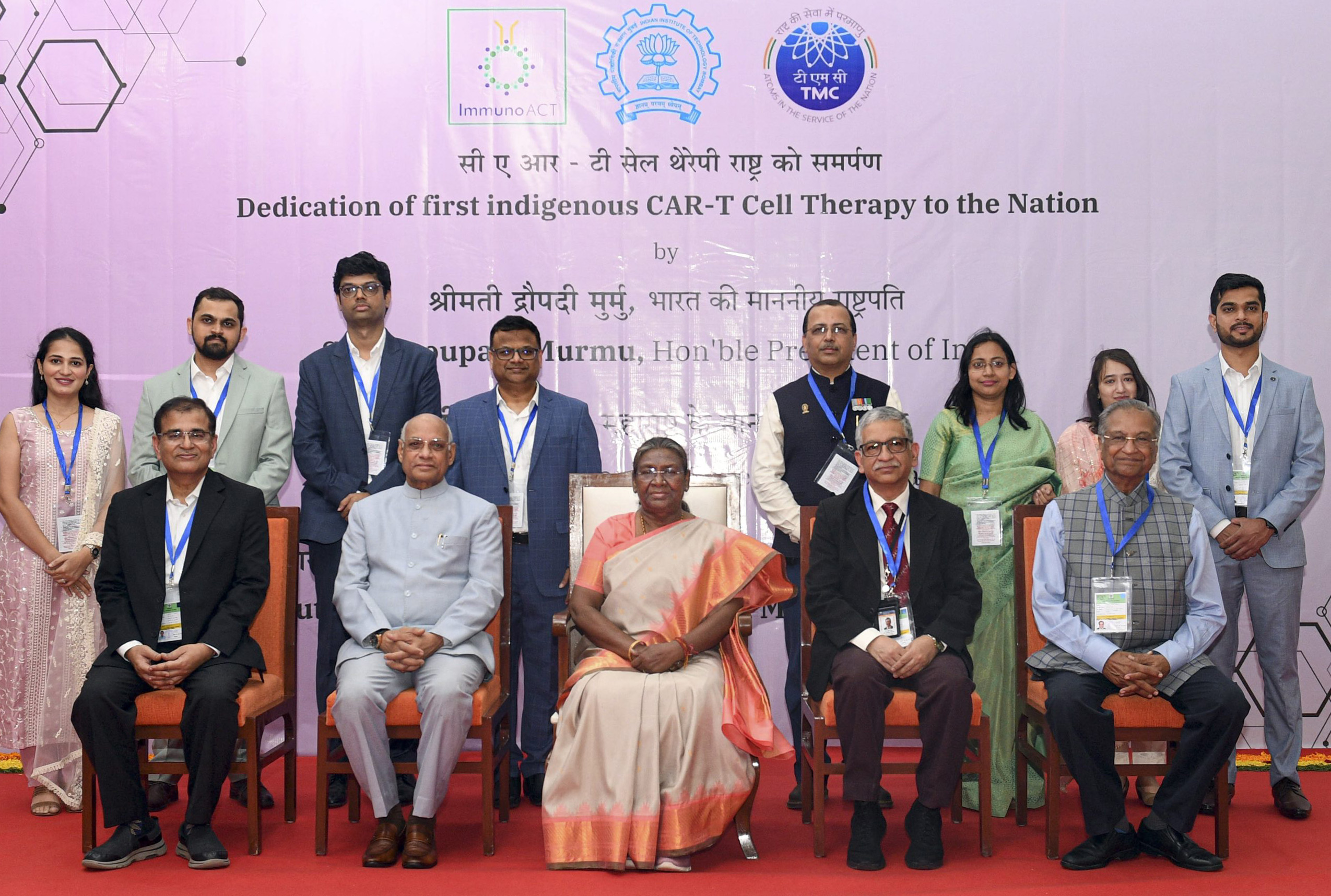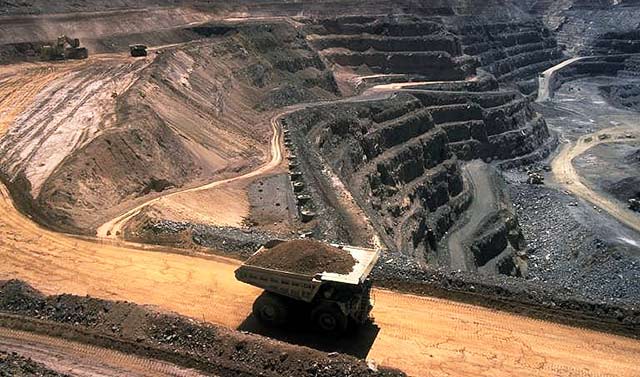Bauxite is generally found on the top of the hills and its mining never affects the forests and water bodies in the area. The mined pits rather can be developed for harvesting rain water and creating forest. The Alumina industries,instead of taking the local people in to confidence through implementation of Corporate Social Responsibility (CSR) programmes,have so far failed to impress them andconsequently faced their non-cooperation.The infrastructural facilities including permissions for land, water, electricity, logistic supports including supply of quality raw materials, facilities for marketing the products and training the personnel are required to be provided through a complete package.
Odisha is considered to be one of the leading states of India for possessing large amounts of various natural resources. The state is particularly having a large fraction of the major mineralresourcesof the country. The important minerals like coal, iron ore, bauxite, chromite, manganese ore, ilmenite etc. are quite abundant in different part of the state along with other resources like land, water and man power. These resources provide a great deal of scope to Odisha to be considered as a leading industrialised state not only in the country but also in the world. The state has got 27% coal, 26% iron ores, 65% bauxite, 31.7% manganese ore, 98.3% chromite, 95.1% nickel ore, 20.7% ilmenite and 76.67% graphite out of the total reserves of the respective minerals in India. Possessing all these high grade and valuable minerals and other resources, Odisha should have been the leading state of India for producing large amounts of thermal energy as well as various types of metals and alloys including steel, aluminium, ferro-alloys and other valuable metals like vanadium, titanium, zirconium etc. But, the situation for the development of mineral based industries in the state is quite unfavorable due to various reasons. Some of the important problems which are creeping in Odisha during recent years in retarding the development of mineral based industries are briefly mentioned below:
- The unscientific mining by most of the mine owners has resulted in loss of large amounts of good grade ores in form of fines. The craze for earning quick money and faulty mineral policy of the government are facilitating the mine owners to adopt various unfair means to export large amounts of good grade minerals leaving behind the low grade ones in the mines to be ultimately diluted with the mine wastes.
- In many mineral processing units, outdated technology is being practiced to process the minerals to produce the suitable grade raw materials for metallurgical industries and thermal power plants, resulting in loss of large amounts of mineral values in the wastes like slimes and tailings.
- Odisha has got the privilege of having large amounts of high grade iron ores as well as non-coking coal and also good grade lime stone. These are the major raw materials for production of sponge iron (Direct Reduced Iron) which has got a bright future in India. In view of this, during the last two decades, a large number of sponge iron industries mostly in private sector, have come up in the state using the rotary kiln process. But at present, quite a number of these plants are facing acute shortage of both good grade lumpy iron ores and non-coking coal. As a result, these plants are producing sponge iron with much below their capacities and some of these have been closed down. If these plants would have been provided with sufficient raw materials from the respective mines, this type of situation would not have arisen. On the other hand, if the sponge iron industries would have additional facilities to produce pellets of iron ore and coal by utilizing the abundantly available iron ore fines and coal finesrespectively as the raw materials,then this type of problem would not have come in their way and they would have been able to produce sponge iron smoothly with full capacity of their respective plants.
- Odisha has got nearly 65% of India’s total reserve of bauxite. But it is unfortunate that, when the country’s requirement of aluminium is rapidly increasing, some of the existing plants in the state with most modern technology are forced to shut down their plants because of want of bauxite. Though there are large reserves of high grade bauxite in different parts of the state, it is reported that, some local NGOs are strongly objecting to open up these mines with a plea that the mining would harm the environment as well as the socio economic conditions of the people living in these regions. This type of attitude for obstructing the use of this vital natural resource should be discouraged both by central and state governments. The local people should not be misled by citing some false and vague reasons for not mining the bauxite.Bauxite is generally found on the top of the hills and its mining will not affect the forests and water bodies in the area. The mined pits rather can be developed for harvesting rain water and creating forest. However, the concerned industries should have taken the local people in to confidence through implementation of Corporate Social Responsibility (CSR) programmes for them particularly for the displaced families in those mine areas. This would have very much impressed the local people to cooperate with the industrial unit.
- Odisha has got some ferro-alloy industries mainly in the areas of ferro-chrome, ferro-manganese and ferro-silicon. On the other hand more high valued ferro-alloys like ferro-nickel, ferro-titanium, ferro-vanadium etc. which are very much required for producing various types of alloy steels in the country have not came up in the state. As mentioned earlier, the raw materials like ilmenite, lateritic, nickel ore and vanadium bearing titani ferrous magnetite needed for producing these ferro-alloys, are abundantly available in Odisha. Surprisingly even now the state has not made sincere effort to produce these high valued ferro-alloys to meet the growing requirements of the country.
- Large numbers of mineral based industries in Odisha are suffering not only for want of raw materials but also other essential items like energy and water. As a result of this, many times, these industries run much below their production capacity.
- In many cases, due to want of proper coordination between various concerned departments of the State Government, dealing with land, forest, water, energy and finance, the entrepreneurs run from post to pillar for materializingthe projects. The delay due to this escalates very much the project cost; ultimately making the projects uneconomical.
- The existing industries, many times, fail to implement their commitments in environment management plan. Because of this, the environment in the region gets highly polluted for which lots of resistance come from the public. In addition to this, most of the times, the industries do not properly implement the committed programmes under Corporate Social Responsibility (CSR); for which the displaced families from the industrial area bring a lot of obstructions in smooth functioning of these units. Industries sharing a large fraction of river water with the villagers and the farmersalso bringa lot of problem for them.
- The state is lacking in having long range programmes for development of various mineral based industries, keeping in view the resources available,skilled man power, employment opportunities and the future needs of the finished products both inside and outside the country.
Steps for facilitating the growth of Mineral Based Industries:
In order to conserve and judiciously utilize the mineral resources available in the state for developing mineral based industries, the following measures need due consideration:
- Extensive and systematic survey and location of new reserves of various types of minerals mainly coal, iron and manganese ores, chromite, bauxite as well as other non-ferrous metallic minerals have to be carried out.
- The mining practices should be modernized. Both high and low grades ores have to be mined and utilized suitably. For example, in India, iron ores containing less than about 50% of iron, are rejected as wastes; where as in some other countries it is considered as a valuable raw material. Therefore, mineral resources below the cutoff grade should be preserved for the future or utilized by applying techno-economically viable beneficiation processes.
- In order to increase the production of the minerals, mining to greater depths as it is practiced in some developed countries like Australia, should be adopted.
- Every effort should be made to upgrade the low grade ores or blend those with the high grade ones for their maximum utilization.
- In all cases, the washery slimes and beneficiation tailings should be further processed for recovering the remaining mineral values as far as possible.
- Beneficiation and agglomeration units should be as far as possible, at the mine sites of the concerned minerals with arrangements for harvesting rain water, recycling the used water and using or disposing the wastes along with overburden for road construction or back filling the mines. In this process, the water scarcity, waste of minerals during transportation and pollution problems can be solved.
- The wastes of other mineral processing and metallurgical industries should also be examined to process and recover the metal values and then the remaining wastes should be utilized as construction materials or back filling the mined areas. This would not only help in minimizing the pollution problems but also conserve the resources.
- The amount of non-coking coal is much more than the coking ones. It is advisable to produce more and more iron in the form of sponge iron from the ore by using non-coking coal as such and if necessary after washing or through their gasifications as the reductant.
- Efforts should be made to develop techno economically viable mining practices for harnessing the minerals from smaller deposits. Mining of even small deposits of non-ferrous metals should be under taken and utilized for extracting the respective metals as the reserves of nonferrous minerals are very limited in the country.
- In order to produce high valued special alloy steels, necessary steps to be taken to utilize the indigenous non-ferrous metals like nickel, vanadium, niobium etc. resources or through imports of these metals, so that these can be utilized to produce special steels for meeting the growing demand in the country and also can be exported after meeting the domestic requirements.
- Environment Friendly Best Available Technology (EFBAT) has to be adopted for producing various metals and alloys so that it can be possible to produce these in a clean environment and to sell the products at a competitive price in the international market.
- The culture of “exporting the raw materials” should be changed to the culture of “exporting the value added products” like special steels, aluminium and its alloys, machineries and equipments. It may be pertinent to mention here that, though our chromite reserve is only 2 – 3% of world’s reserve, yet we export a large amount of this instead of high valued chromium or ferro-chrome..
- In order to commission projects in time, proper plans and their execution should be made by providing the projects to the proper entrepreneurs in a package form with the infrastructural facilities including permissions for land, water, electricity, transport systems, supply of quality raw materials, facilities for marketing the products and training the personnel.
- In areas of both the mines and mineral based industries, sufficient care should be taken to implement the Corporate Social Responsibility programmes (CSR) very sincerely; particularly for the displaced families. This would go a long way in timely commissioning of the mines and running the industries smoothly.
Before it is too late, the Government of Odisha should take necessary steps in developing and conserving the mineral resources and the organizations concerned for assisting in setting up of the mineral based industries at suitable sites keeping in view the needs of the country. The other raw materials like land, power and water should be developed and made available as per the requirements of the industries without affecting the interests of the local people and the farmers. The road, rail, river and sea transportation systems for transporting raw materials and finished goods should be properly planned and developed as per the requirements. The industries should be very sincere in their own interest to materialise the projects in time and give due importance to Corporate Social Responsibilities (CSR) programmes and maintaining the environment of the region clean. In this way the poor Odisha can be transformed in to a rich state.








































